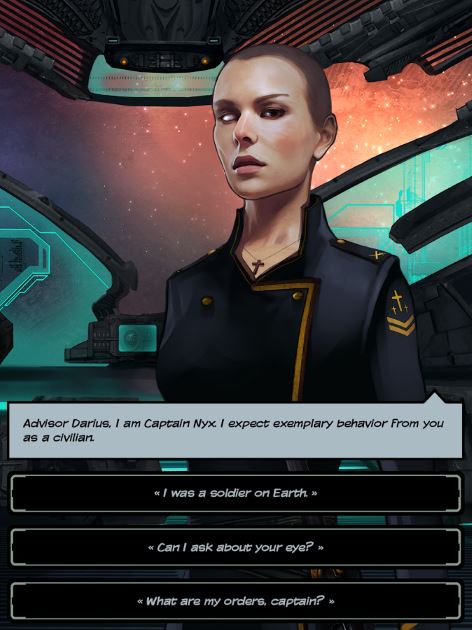Elsewhere in the world I have been discussing the book Soonish, which is about incredible inventions that are on the cusp of making the world a better place. Some of the proposed technologies were interesting, some were ho-hum, and some were completely pie-in-the-sky. The thing about the book that most leapt out at me, though, was the politics that it was uncritically espousing.
Several times the book discusses how the inventions will be used by the American military, which made me pull back with some befuddlement – how, I asked while reading, is improving the way people kill each other making the world a better place? What I found especially striking was that it was clear that the authors took it for granted that supporting the US military was an unqualified good and most likely didn’t even consider it as a political act at all.
The other thing that struck me about the book, which shouldn’t be surprising considering its “science fuck yeah” tone, is that it insisted on technical solutions for political problems. The section on housing goes on about how outrageously outmoded the current construction model of building houses is, and what with the housing crisis in America today the best solution is some kind of modular houses that assemble themselves or some shit (I read the book months ago so I don’t remember the specifics).
In fact, the book argues, with the rising homelessness crisis and unaffordability of housing in places like San Francisco, it’s practically a moral necessity to get these robot houses approved and building themselves ASAP since they can do the job faster and cheaper than what we have right now.
That line of argument reminded me of how some people talked about fixing world hunger back in the nineties. If we could just develop the right fertilizer or right GM crops or whatever then we could increase crop output and famine would forever be eradicated. Of course, this ignores the fact that the world hunger crisis exists at the same time as the world obesity crisis. The problem isn’t that there’s not enough food for everyone – if that were true, it would be impossible to eat enough to become obese. The problem is that food goes not to who needs it, but who has money to pay for it. Which is to say that the problem is political, not technical.
It’s the same thing with the current housing shortage. If developed countries really, really wanted to, then everyone who wanted a home could have one. But a host of of political problems – baby boomers who want real estate prices to stay high because selling their houses is their retirement plan, developers chasing luxury prices for wealthy international elites who just want someplace stable to park their money, widespread societal aversion to the idea of renting, a regulatory environment that makes approval of new construction so arduous that it incentivizes developers into only focusing on the absolutely most profitable projects, and so much more – combine to stymie efforts for change.
So my expectation is that if self-building robot houses or whatever are approved, the savings in time and money will just mean larger profits for the developers and no meaningful difference will be made in the amount of housing being constructed. But woo robot houses.


